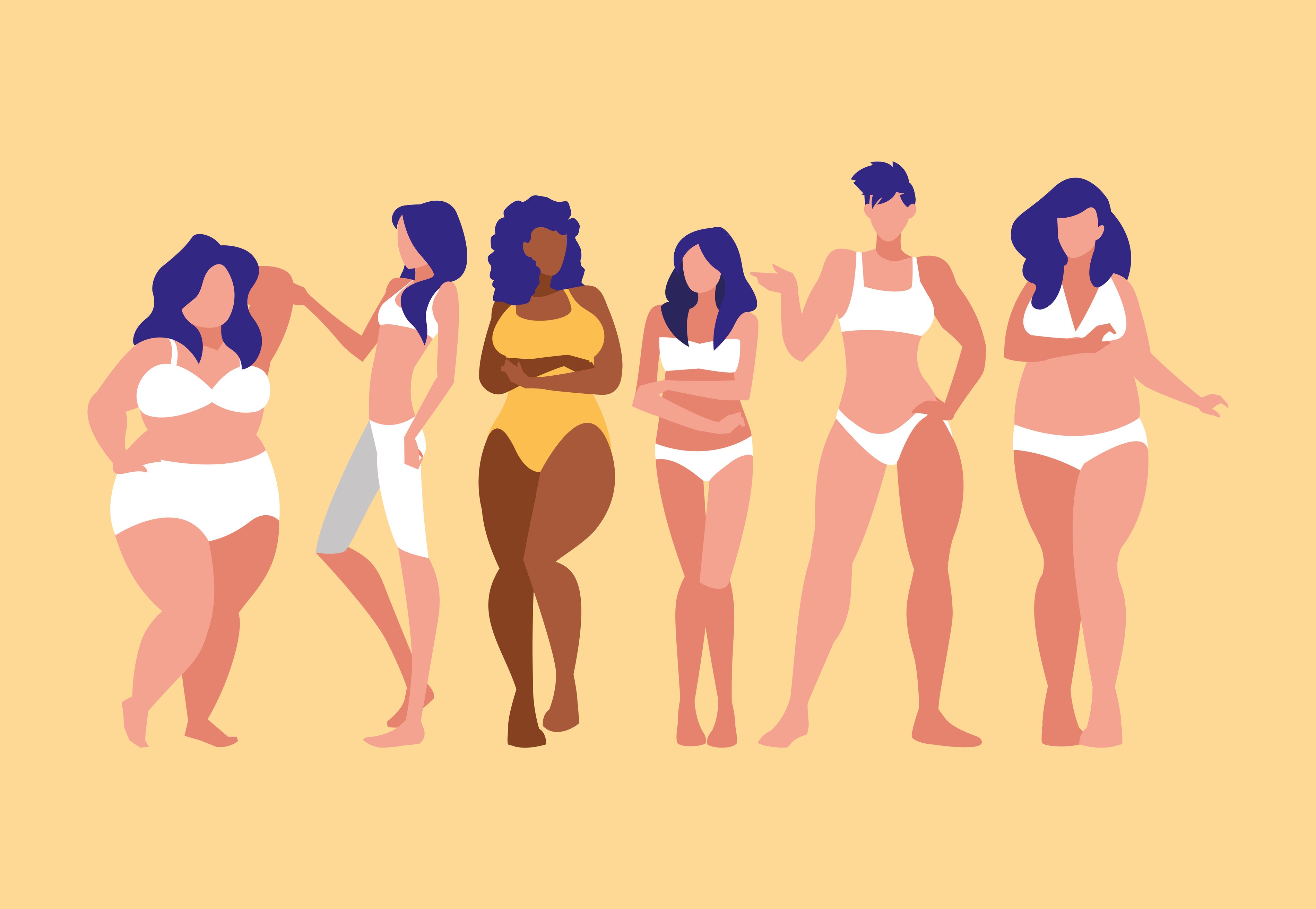The battle of the briefs
Recycled materials? Organic cotton? Something else? Searching for eco-friendly undies is giving Kate Hughes a headache – but at least she has an excuse not to go for a run


Pants. I need pants. The whole family does. And in my case, what one Yorkshire farmer mate refers to as over-the-shoulder-boulder-holders. Beautiful.
Undies in general, though. They’re one of the very few things we don’t buy second hand (along with mattresses. And lightbulbs. Secondhand lightbulbs, as we know, aren’t a thing.)
We’ve gone as long as is decent, also flouting the entirely preposterous notion that you have to replace bras every six to twelve months. No chance.
That’s partly because I can’t shake the suspicion that, like so many other accepted conventions in life (the one about a portion of cereal being 30g comes to mind) they have been set out by a clever manufacturer with one eye on sales and the other – in this case – on lab trials on overstretched elastic.
And anyway, just like other clothes, you can extend the life of underwear by giving it a “rest” between wears and washing bras only when actually required.
The other reason is that undergarments are expensive little numbers and I can’t stretch to a tour of the local M&S on a biannual basis. No, I have smalls bought pre-lockdown that are still very much considered the “new set”. A single round of unmentionables is not going to cut it though.
But environmentally friendly underwear is a minefield. Do you go recycled materials? Or organic cotton? Or… something else?
The husband typically plumps for boxers from Rapanui – a UK manufacturer whose garments, designed to be sent back to be broken down and reused to help counter the insane level of throwaways that end up in landfill, are produced in the UK with zero synthetic materials, using renewable energy and no plastic in their packaging.
It ticks a lot of boxes, especially if the base material isn’t actually virgin cotton, with its huge water, energy and land demand. And when we say water use, we’re talking about thousands of litres per t-shirt – regularly acquired by diverting entire rivers.
A cotton t-shirt, for example, comes in at around 2kg C02e, but a huge chunk of which is down to how consumers use the end garment, or, more likely, chuck it in the bin within 12 months. Eco-friendly certainly means resisting the urge to chuck out and start again, as those clothes retailers urge us all to do by “refreshing” our look or some other nonsense.
Sustainability charity WRAP (an excellent starting point, by the way, if you’re trying to battle your way through all this brain busting info to a genuinely sustainable solution) reckons UK consumers send £140m worth of clothing to landfill every year. Not recycled. Just chucked. In the middle of a massive and worsening cost of living crisis. Surely this is madness?
None of which solves my boobholder issue, however. I’m not built to go without scaffolding and most bras seem to have a crazy proportion of synthetic fibres in them due to their supportive role which, when washed, break up and add to the microplastic nightmare we’re facing in our rivers, seas and oceans. This also tends to mean bras made from recycled materials present the same problem.
Parliament’s Environmental Select Committee also warns that a polyester T-shirt also carries double the carbon footprint of a cotton one. So a knee jerk switch to synthetic fibres isn’t a cracking idea either.
But not all man-made fibres are made equal. Tencel Lyocell, a type of rayon, is an interesting option made from wood pulp. Though I’ve yet to do a deep dive into quite what the process involves. Or there’s the classic eco go-to, bamboo. Which I think may be my favoured solution so far, despite the fact that there’s precious little available for those requiring extra… support. At least it’s an excellent excuse not to go for a run.
Then there’s the small matter of what to do with the old lot. Curbside recycling has made great leaps and bounds in the last year or two around here, and we can now pop them out on the curb for collection, shredding and recreating. Though I’m not sure how I feel about the neighbours tripping over my sagging old bra.
I much prefer the charities that have sprung up over recent years that will take our used bras and redistribute them among women who need them, such as those escaping domestic violence, for example. Others reinvent them, producing the most admirably unlikely of products. Carpet padding is a personal favourite.
A decent internet search should come up with a couple of options if you’re interested.






Join our commenting forum
Join thought-provoking conversations, follow other Independent readers and see their replies
Comments